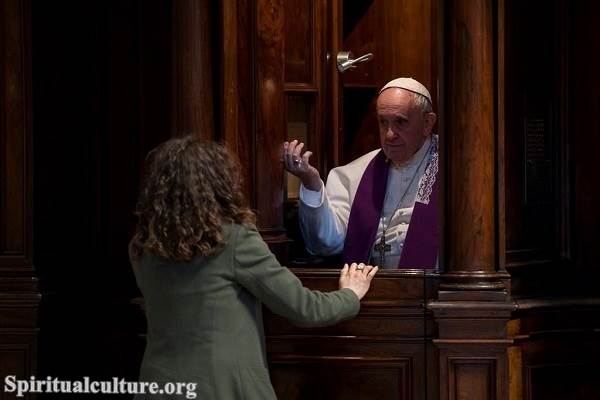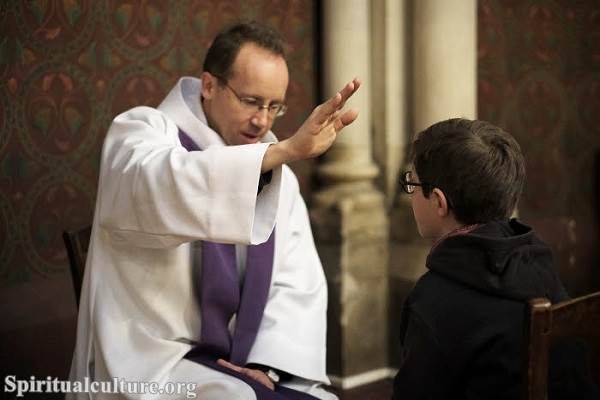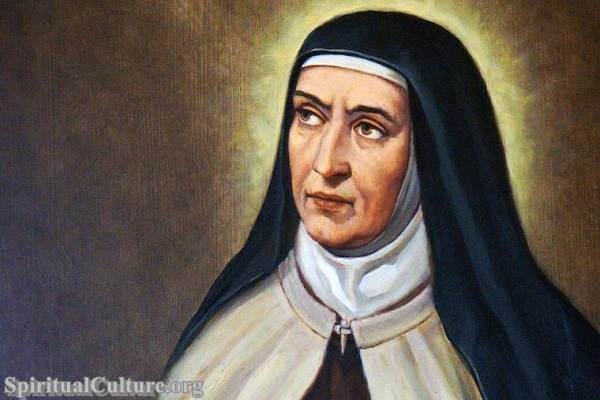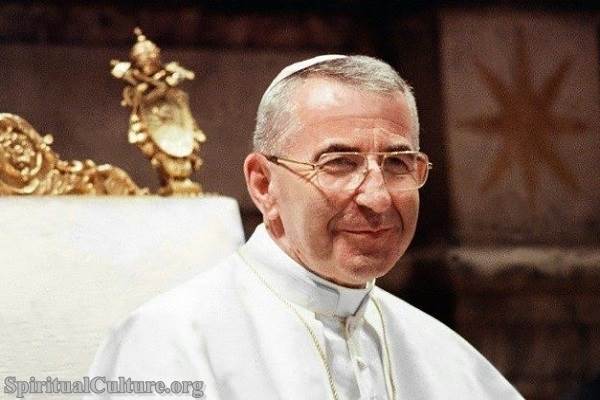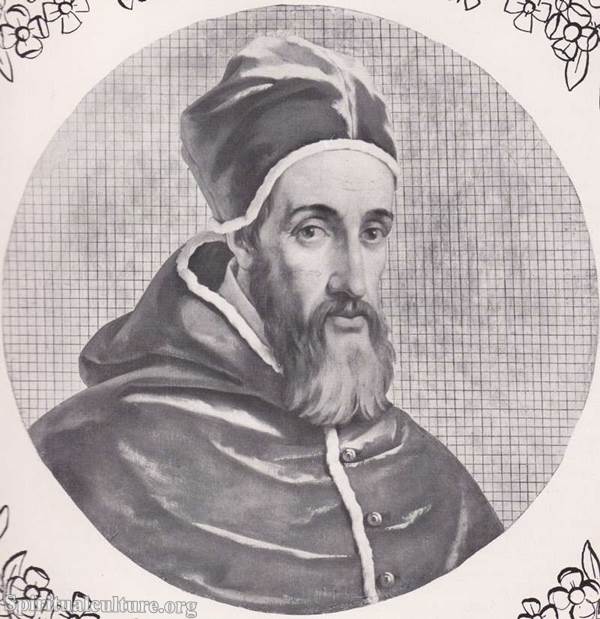Pope Pius X, born Giuseppe Melchiorre Sarto, is an iconic figure in the history of Catholicism. His legacy within the Catholic Church has been marked by his dedication to spiritual development, ecclesiastical teachings, and his unwavering devotion to the faith.
Born on June 2, 1835, in Riese, Italy, Pope Pius X was the second of ten children from a poor family. Despite their poverty, his parents instilled in him the values of hard work, humility, and a strong faith in God, which would later shape his papacy.
Pope Pius X’s journey in Catholicism began at a very young age when he felt a calling to the priesthood. He was ordained a priest in 1858 and later became the bishop of Mantua in 1884. He was appointed a Cardinal by Pope Leo XIII in 1893, and following Pope Leo XIII’s death in 1903, he was elected Pope, taking the name Pius X. He served as the head of the Catholic Church until his death on August 20, 1914.
Pope Pius X’s tenure was characterized by his dedication to the Catholic Church and its teachings. He was known for his commitment to renewing all things in Christ, a mission that was encapsulated in his motto, “Instaurare Omnia in Christo,” which translates to “Restore all things in Christ.” This became the guiding principle of his papacy.
During his time as Pope, Pius X made significant contributions to Catholicism. He sought to instill the teachings of the Catholic Church in the hearts of all believers. He initiated a series of reforms in church law, liturgy, and education, which were aimed at promoting a more profound understanding of the Catholic faith among the laity. These reforms were not without controversy, but they were instrumental in shaping the Church as we know it today.
Pope Pius X had a particular concern for the spiritual nourishment of the Catholic faithful. He strongly promoted frequent and daily Communion and lowered the age at which children could receive their First Communion. This significant change allowed children to participate more fully in the sacramental life of the Church at a younger age, fostering a deeper relationship with Christ.
In his quest to strengthen Catholicism, Pope Pius X also took a firm stand against modernist interpretations of Catholic doctrine. He issued the decree “Lamentabili Sane,” which condemned certain modernist propositions, and the encyclical “Pascendi Dominici Gregis,” which detailed the errors of modernism. These measures were aimed at preserving the traditional teachings of the Church in the face of growing secular influences.
Pope Pius X was also known for his humility and pastoral care. Despite his high office, he remained deeply concerned about the welfare of the ordinary faithful. He sought to make the Church more accessible to the common people, emphasizing the importance of pastoral care and service to the poor. His love for the poor was evident in his actions, as he often gave away his own possessions to those in need.
In recognition of his contributions to the Catholic Church, Pope Pius X was canonized on May 29, 1954, by Pope Pius XII, making him the first Pope to be declared a saint in over 400 years. His feast day is celebrated on August 21.
In conclusion, Pope Pius X’s life and papacy were marked by his unwavering commitment to the teachings of the Catholic Church and his dedication to the spiritual development of the Catholic faithful. His contributions to Catholicism have left an enduring legacy that continues to inspire Catholics around the world. His life serves as a testament to the power of faith, humility, and service to others.
